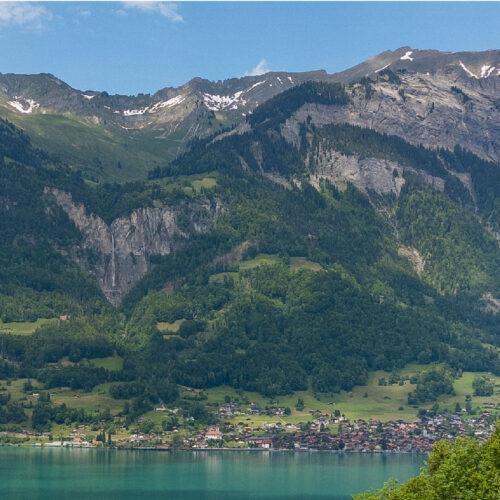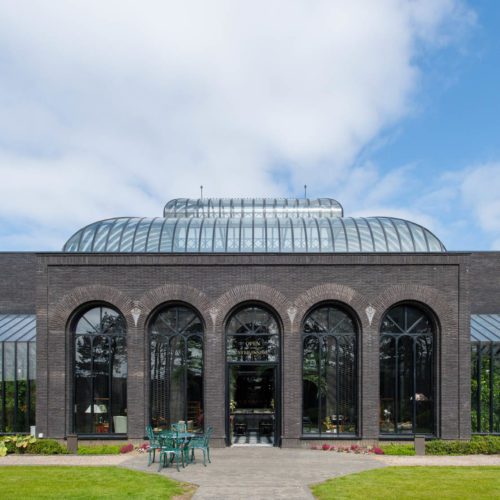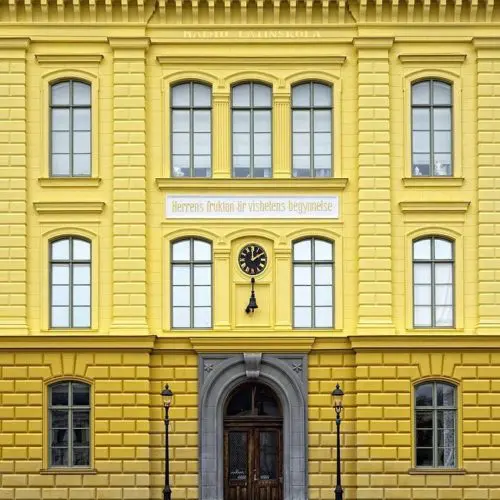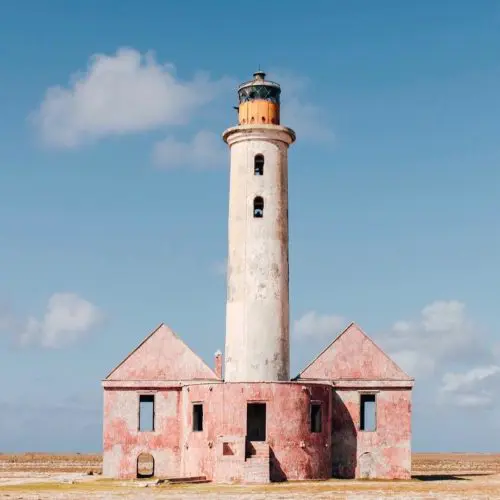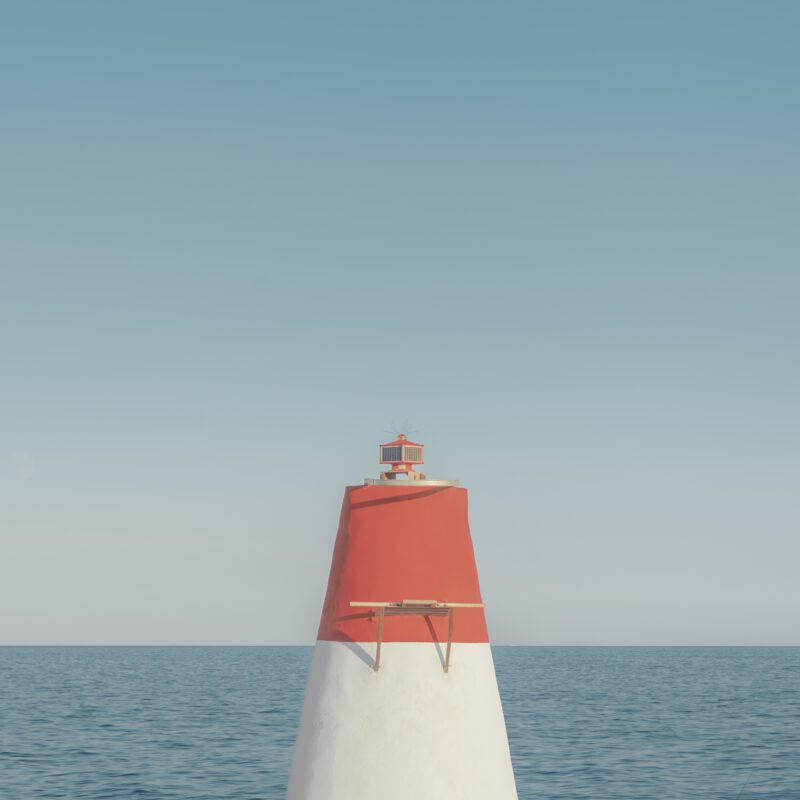The harbors of this sleepy seaside village once saw great flurries of activity. A major center of French trade between the 15th and 18th centuries, Honfleur enjoyed ample maritime traffic due to its position on the coast of Normandy. While many goods passed through its markets, it was especially known for a non-material export: world explorers.
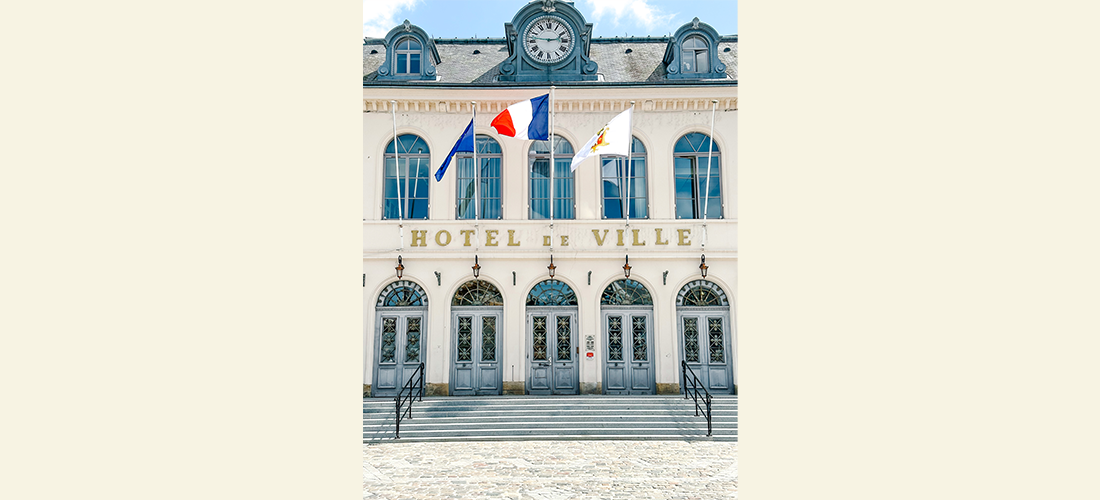
📸: Meg Kehoe
Located at the convergence of the Seine River and the Atlantic Ocean, Honfleur has had an important ship-centered history since its founding. Some of William the Conqueror’s large warships were built here before sailing off on that fateful voyage in 1066 to England. Before being usurped of the title by Le Harve across the Seine in the late 18th Century, the town served as France’s main Atlantic port, leading to quite the resume of global trade and travel.
The legendary Binot Paulmier de Gonneville embarked from the coastal town in 1503, possibly finding his way to the southern coast of Brazil. The island of São Francisco do Sul and Honfleur both celebrate this feat annually, though these days, scholars believe the voyage to be more fiction than reality. It is a fact, however, that before founding the city of Quebec, Samuel de Champlain sailed from the shores of Honfleur in 1608. Even more intriguing is the story of Jean Denis, a local fisherman who reportedly went on a “fishing trip” to Newfoundland in 1506. Sounds like he really needed some time away from it all.
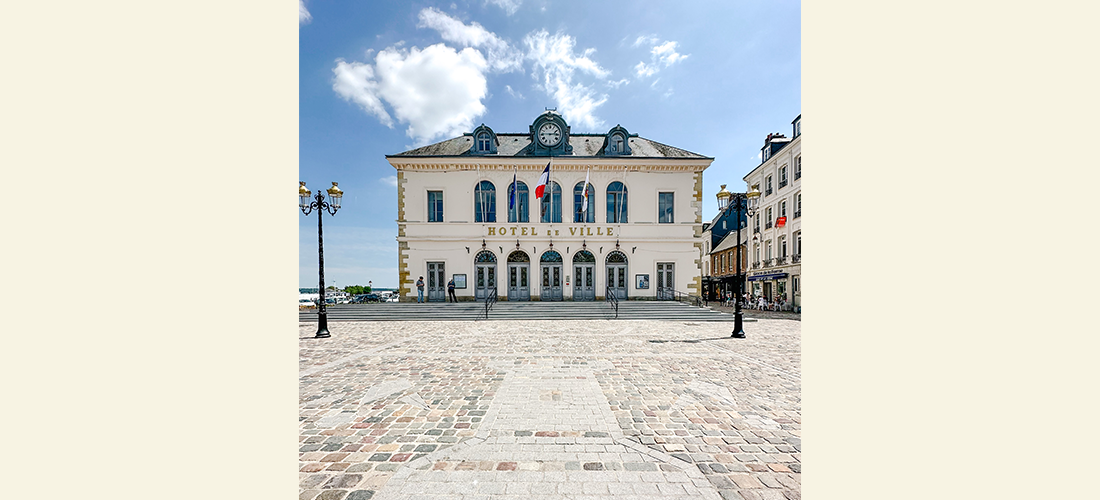
📸: Meg Kehoe
In its heyday, spices and goods from the West Indies, the Americas, and the Azores all would move through the streets of Honfleur. While goods have been traded for tourism, the town’s architecture and town hall are a reminder of the port’s exciting past. Looking up at the charming Hotel de Ville, one may even be inspired to take a quick “fishing trip.”




